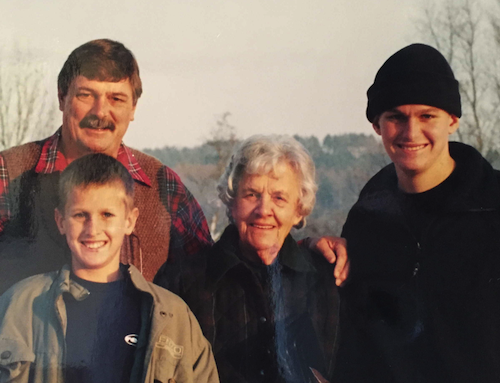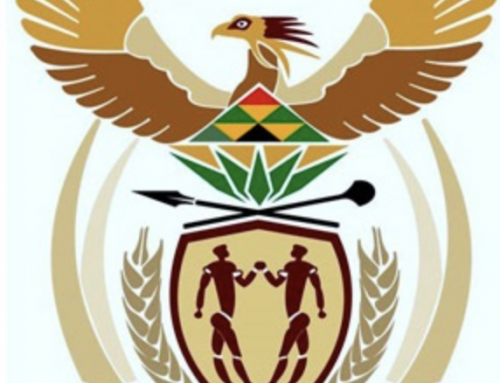 Somerset Hospital in Beach Road, Green Point, Cape Town, the first hospital in South Africa to be used for the training of doctors. It admitted its first patient on 18 Aug. 1862. This picturesque building is the third hospital on the site to bear the name ‘Somerset Hospital’. The first Somerset Hospital, named after Lord Charles Somerset when he was governor, was founded by Dr. Samuel Bailey, a naval surgeon, and was opened in 1818 somewhere below Signal Hill.
Somerset Hospital in Beach Road, Green Point, Cape Town, the first hospital in South Africa to be used for the training of doctors. It admitted its first patient on 18 Aug. 1862. This picturesque building is the third hospital on the site to bear the name ‘Somerset Hospital’. The first Somerset Hospital, named after Lord Charles Somerset when he was governor, was founded by Dr. Samuel Bailey, a naval surgeon, and was opened in 1818 somewhere below Signal Hill.
The ‘Old’ Somerset Hospital, built near the sea, was divided into three parts one for the reception of paupers, one for lunatics, and the third for medical officers’ quarters, store-rooms and a ward for lepers. Paupers of the former slave or apprentice class and those really destitute were admitted to the wards. In m88, thanks to Dr. Henry Bickersteth’s efforts, 2o 000 pounds was voted by Parliament for the building of the ‘New’ Somerset Hospital.
The architectural style, selected by the Governor, Sir George Grey, was Tudor, in which angular towers were brought into the general arrangement so as to be highly useful as well as ornamental. Bickersteth (1813-1862) died before the hospital was opened and Dr. John Laing was appointed surgeon superintendent, with Dr. Henry Ebden as his assistant. From the I920s the New Somerset Hospital has been attached to the University of Cape Town’s medical school.
Many famous medical personages have passed through its portals. It was closed for a short period in 1938 but was reopened for the training of non-white nursing staff in March 1939. Numerous additions have been made to the original building, which contains 31 beds. It still functions as a training-school for non-white medical staff and treats about 130 000 patients a year. The central portion of the original building was declared a national monument in 1970.
From 1918 until 1937, when the Groote Schuur Hospital opened it was the main academic hospital of the University of Cape Town. A new West Wing opened in 1973 for white patients. The old building was renamed the north wing, not because of their position but the N meant for non-white patients and the W of West Wing signified that it was for Whites. The high incidence of HIV infections amongst the patients led to the establishment of the hospital as a prime referral centre for the treatment of AIDS and the first antiretroviral distribution centre was established there in 2005.
Since then various plans have been announced for the development of the grounds including hotels, offices and residential accommodation. The hospital is also home to the Cape Medical Museum.





